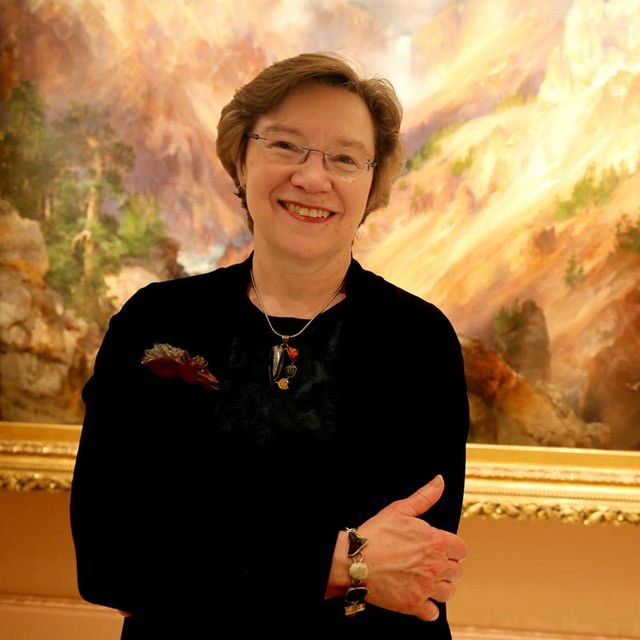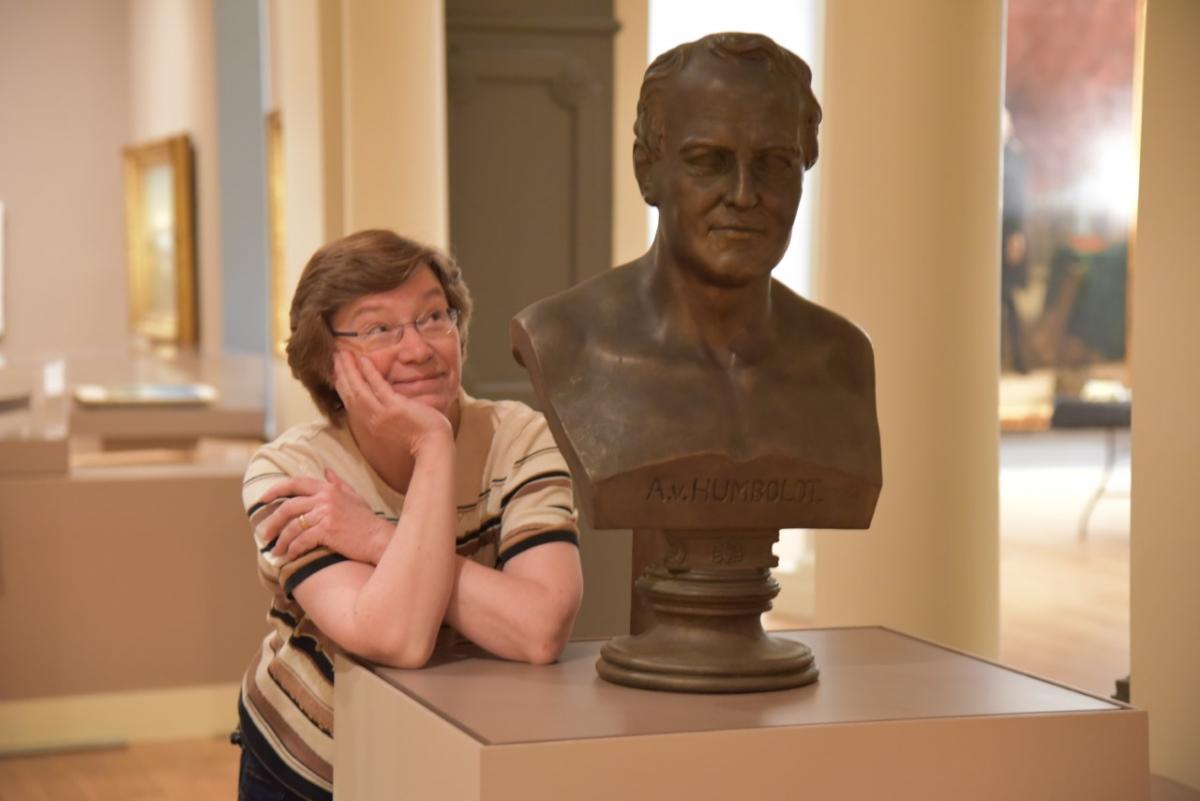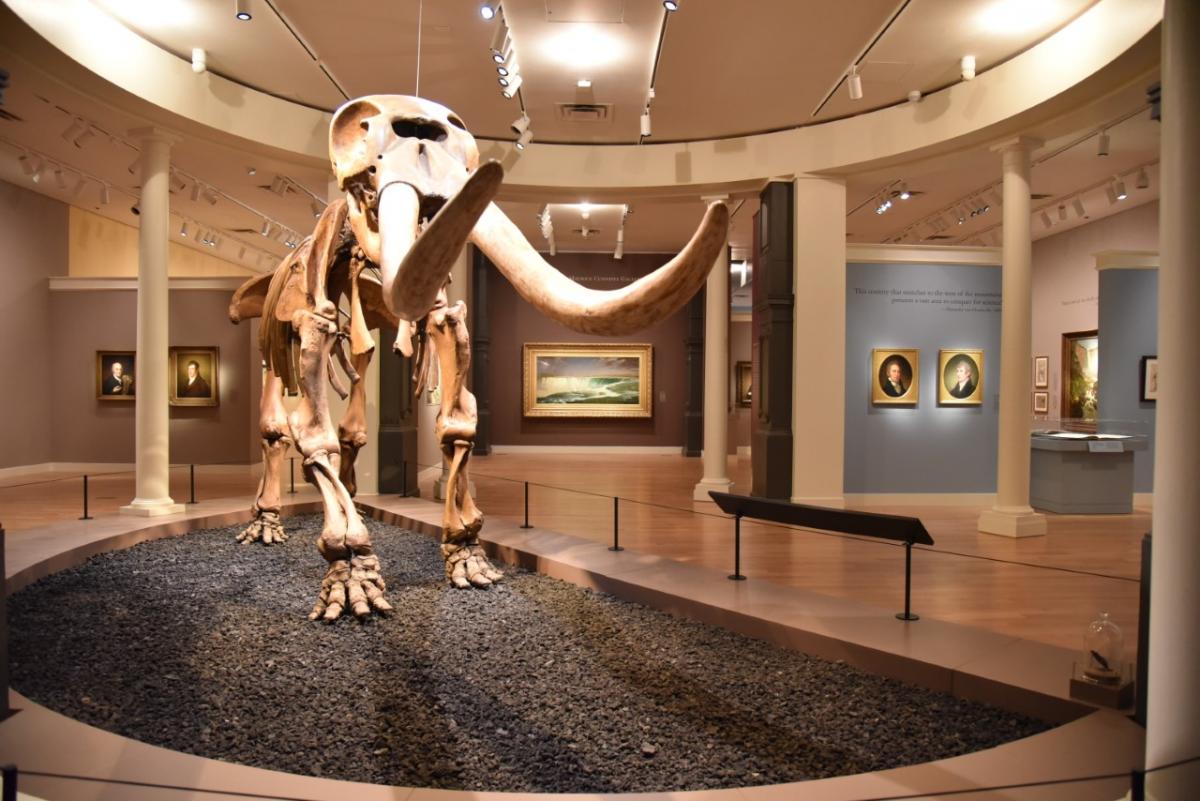
The exhibition Alexander von Humboldt and the United States: Art, Nature, and Culture was seven years in the making. It was originally scheduled to open to the public on Friday, March 20, 2020 but the Smithsonian closed all its museums on March 14 as a health precaution due to the global pandemic. The exhibition finally opened to the public on September 17, 2020 only to close again a couple of months later, and then re-open for a final run from May 14 through July 11, 2021.
I will never forget the moment when I realized the global pandemic was about to change everything. During January and February of 2020 we had one eye on the spread of COVID-19 as we installed the Humboldt exhibition Alexander von Humboldt and the United States: Art, Nature, and Culture. On Friday the 13th of March, a week before our scheduled opening, SAAM Director Stephanie Stebich arrived at the exhibition galleries to deliver the news that the Smithsonian was closing indefinitely.
During the months that followed, all of us at SAAM had to rethink our jobs and our capabilities while working remotely. We re-envisioned all of our in-person programming, pivoting to digital presentations. We became masters of Zoom webinars, and in doing so, attracted a global audience far larger than the capacity of our auditorium. The exhibition website became a place to binge-watch Humboldt lectures and videos.
What happened next is, in my experience, unprecedented. We asked to extend the run of the exhibition not once, but twice. And every single lender agreed to the first extension, and out of 108 objects, only three could not be extended for the second.
It takes years to convince lenders to part with cherished works for a special exhibition. To ask—and be successful—in extending a five-month venue to what became a 17-month stay means I owe a tremendous debt of gratitude to private collectors and my colleagues around the globe, who were by turns pragmatic, supportive, and gracious.
Let me explain: I didn’t have to twist arms or call-in favors from these lenders. Rather, during the pandemic everyone rose to the occasion and recognized each other’s hard work and supported one another’s research and creativity in presenting new ideas. We all did this for each other; we had to, at first, when it was not safe to gather and most museums were closed. All museums were moving around exhibition dates like pieces on a chessboard. We shared stories, commiserated, and ultimately approved loan extensions to keep projects intact so that our visitors could see the fruits of our years of hard work.
I like to think Alexander von Humboldt would have appreciated that. Throughout his life, he would spend years planning expeditions that were thwarted by revolutions, geopolitics, or bad timing, but he never stopped trying to make his plans work. When he convinced the king of Spain to allow him access to the American colonies in 1799, it was a triumph of perseverance and persuasiveness, with the promise of sharing his findings after his return to Europe. When Humboldt traveled to Russia 30 years later, he arranged the establishment of weather stations across Siberia in exchange for his metallurgical expertise. In these negotiations, Humboldt had to be quick on his feet and nimble with his ideas, and ultimately, he was generous in widely sharing his results. To everyone at SAAM and to my colleagues around the globe, I will remember with gratitude your Humboldtian support and generosity, which enabled us to present the ideas and legacy of this important thinker in creative ways to new audiences.
Binge-watch a series of talks by historians of art and science and contemporary artists who address how Humboldt’s observations and ideas from 200 years ago resonate with even greater relevance today in the face of climate change.





















